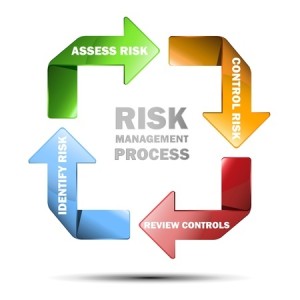
 What if your company were hit with a data breach, a natural disaster or terrorist attack? As a manager, have you made sure to have the people, processes and technologies in place to recover from a crisis?
What if your company were hit with a data breach, a natural disaster or terrorist attack? As a manager, have you made sure to have the people, processes and technologies in place to recover from a crisis?
You might consider an approach called business continuity management. The goal is to make sure your company can operate even when it’s thrown into turmoil.
Business continuity management is a holistic way of thinking about potential threats and providing a framework for responding so that the interests of key stakeholders, reputation, and your brand are safeguarded. It also works to ensure that service and product delivery continue.
IBM consultant Brian Evans, writing for the website securityintelligence.com, suggests your business continuity plan cover these main bases:
Location. Where will you and your team meet if your main office or factory is off-limits? Will you have an alternate storage site for records, supplies, inventory?
Teams. Who will be on what teams to do what? You’ll need a team assigned to each essential business function.
Vendors and local agencies. Identify alternate suppliers of products or services you’ll need to continue working. And don’t forget to exchange contact information with local emergency responders such as fire departments and police.
Utilities. Plan for what you’ll do if you don’t have electricity, heat or air conditioning.
Train and drill. You can’t say you’re prepared unless you’ve trained your employees on what to do in an emergency. Drill, drill and drill again.
The motto applies in business as well scouting: Be prepared!